Imagine you come back home from a stressful day at work, as soon as you open the door, your pup jumps on you, ready for a play session. Yeah! As much as we love these pups, their energy can be a bit too overwhelming sometimes. Especially when all you want to do is curl up on your couch, Netflix and chill!
High-energy dog breeds are wonderful, but not when you prefer to follow a calm lifestyle. But here’s some good news: some dogs love their naps as much as you do. These calm and sleepy dog breeds would snooze at any given opportunity and may as well prefer them over a walk in the park with their favourite human!
If you’re looking for a dog who enjoys a good nap and shares your love for relaxation, these dog breeds might be the perfect match for you. Let’s dive in and meet the seven best calm and sleepy dog breeds that will make your home feel like a peaceful oasis.
Calm And Sleepy Dog Breeds
1. Whippet

The whippet is one of the fastest dog breeds in the world! But wait! Why is it on the list?
While they may very well be capable of reaching lightning-fast speeds, they are happy to lounge on the couch all day. All they need is a quick burst of energy at full throttle! And that is why they get that beauty sleep all day to conserve energy for later.
Whippets do well indoors, but they need a fenced yard to sprint in. Originally bred for hunting, they have a strong prey drive. Letting them off-leash in an unfenced area can be risky due to their chasing instincts.
They are very affectionate and love being around their human family. Leaving them alone for long periods is a bad idea, as they may resort to destructive behaviors.
They need at least one hour of exercise daily, which can be divided into short sessions. It could be short walks, a visit to a park, or a one-on-one play session with the owner. After that, they would be happy to be couch potatoes for the rest of the day.
Training a whippet requires patience and lots of positive reinforcement. PDSA notes that they are slow to learn, but patience and consistency go a long way! They are also shy around strangers, so early socialization is a must.
2. English Bulldog
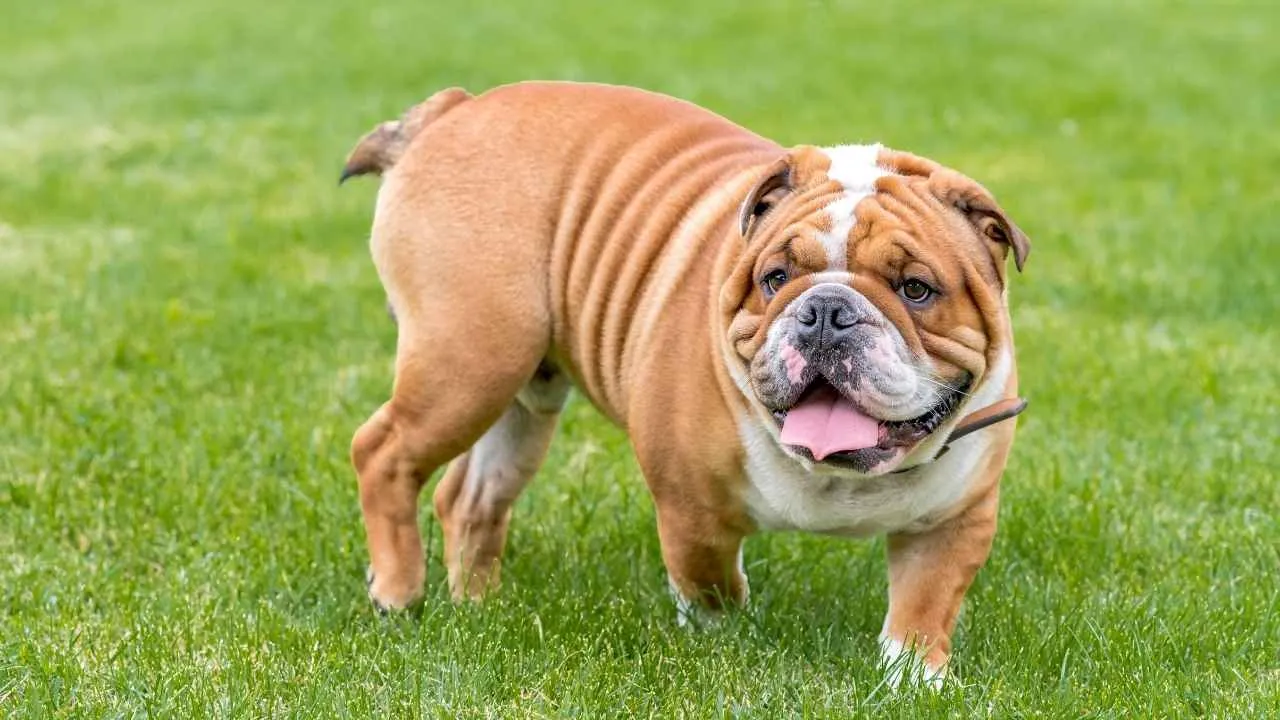
All those adorable pictures I have ever seen of the English Bulldog are either in a pet bed or on a couch enjoying a cozy nap! This sleeping beauty isn’t lazy, it is just built this way.
Despite being medium-sized, they are quite muscular. Their small legs have to carry around 45-50 pounds, which can be a bit tiring. They compensate for it by sleeping for long hours.

Additionally, their distinct flat faces make breathing difficult, especially in warm weather. Exercise must be minimal; short walks in pleasant weather are enough. Vigorous exercise and over-exertion cause overheating, which is a big no-no!
They are incredibly affectionate and suitable for families, given that you can provide ample care. Keeping them hydrated, cool, and in air-conditioned rooms is ideal. Their wrinkly skin folds need regular wiping and cleaning to prevent rashes and dirt buildup.
If you are thinking of bringing one home, get ready for the endless sounds of snorting, panting, and snoring!\
3. Mastiff
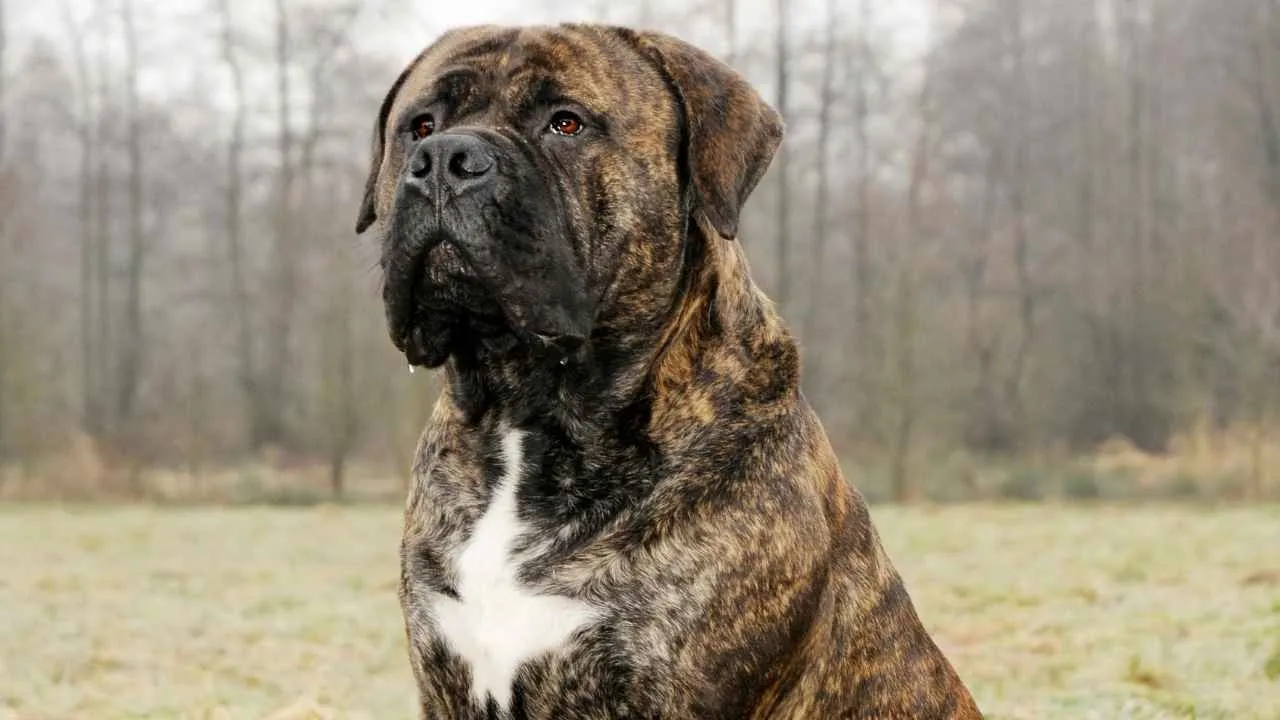
These gentle giants may look intimidating at a glance, but Mastiffs are a quiet dog breed that is happy to lounge all day!
Originally bred as a guardian dog breed, Mastiffs can reach 30 inches in height and up to 130 pounds in weight. Inside the house, they might seem like couch potatoes, but the moment they sense something suspicious, they quickly switch into full watchdog mode.
Mastiffs do well with all family members and other pets, but it is a good idea to avoid them if you have small children. Just because they may accidentally bump into them. Socialization should start as soon as you bring a puppy home so that they learn to get along well with other dogs and strangers.
Big dogs generally have more health problems as compared to small dog breeds. Hip dysplasia, cancers, and eye problems are common among Mastiffs. Hence, it is important to regularly screen them for possible issues.
Having a Mastiff in the house means keeping a washcloth handy at all times. These drool machines can leave your couches, floors, and walls covered in slobber!
4. Shih Tzu
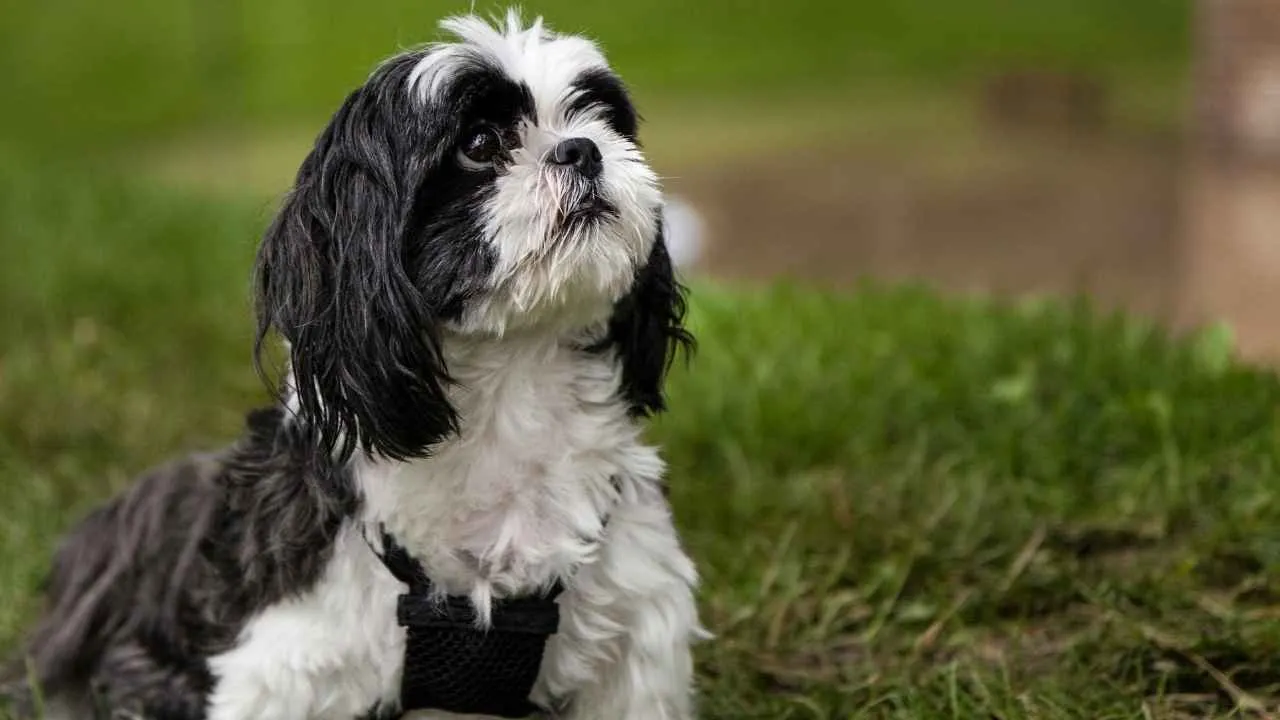
Weighing between 9-16 pounds, Shih Tzus look like tiny lions. You can’t exactly call them low-energy dog breeds, but they love their naps. Often sleeping for 12-14 hours a day.
These easygoing companions stay happy indoors, doing whatever makes their pet parent happy. They are people pleasers at best and love to perform small tricks to gain attention and some treats! It just makes training much easier!
They do require early socialization to avoid unwanted behaviors, as anxiety is common among the breed. A 30-minute walk daily and indoor play is enough to keep them physically stimulated, which means you can easily lounge with them on the couch for the rest of the day.
Their long hair needs regular trims, preferably short, if you don’t want to go through the hassle of bathing and brushing them every other day. But surprise, surprise! They don’t shed much, which makes them an excellent hypoallergenic choice.
5. Newfoundland
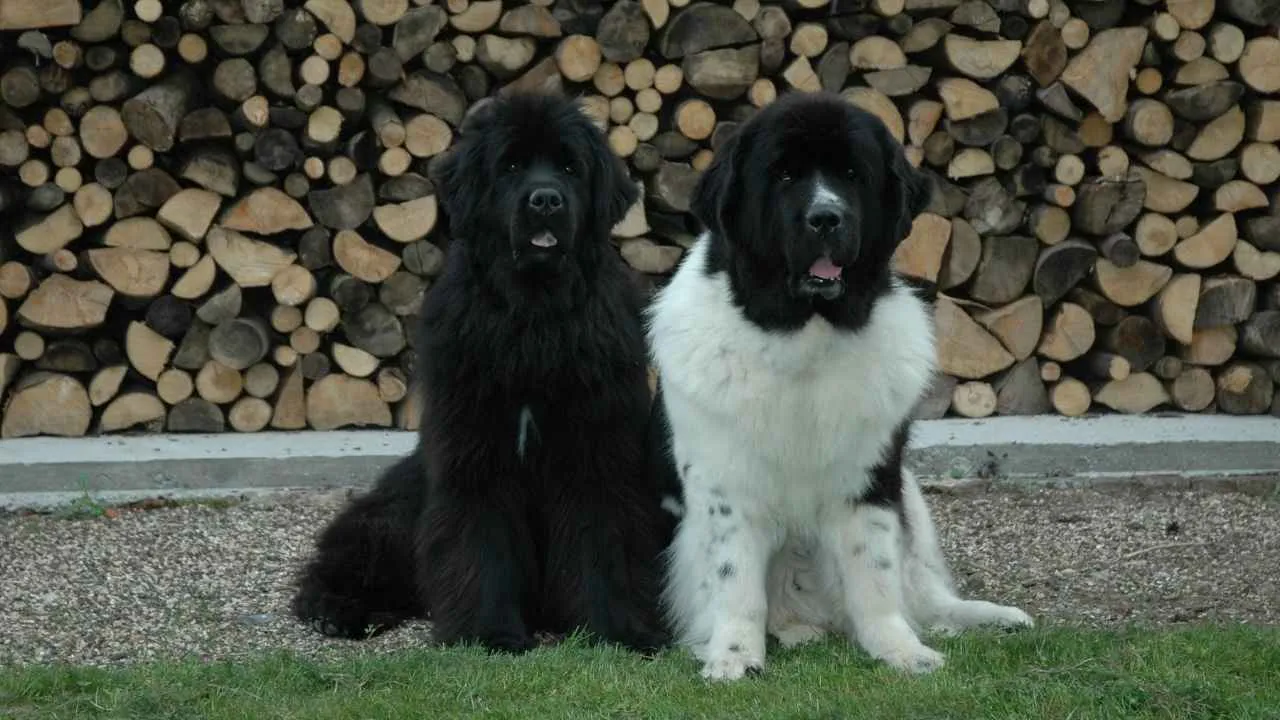
Noble Vet Clinics suggests that Newfoundlands tend to sleep for extended periods, up to 18-20 hours a day. It is not only a behavioral aspect, but also important for their well-being.
Large dog breeds like the Newfoundlands use more energy doing simple tasks as compared to other dogs. They are extremely calm and gentle with everyone, especially with children, earning them the name ‘nanny dogs‘.
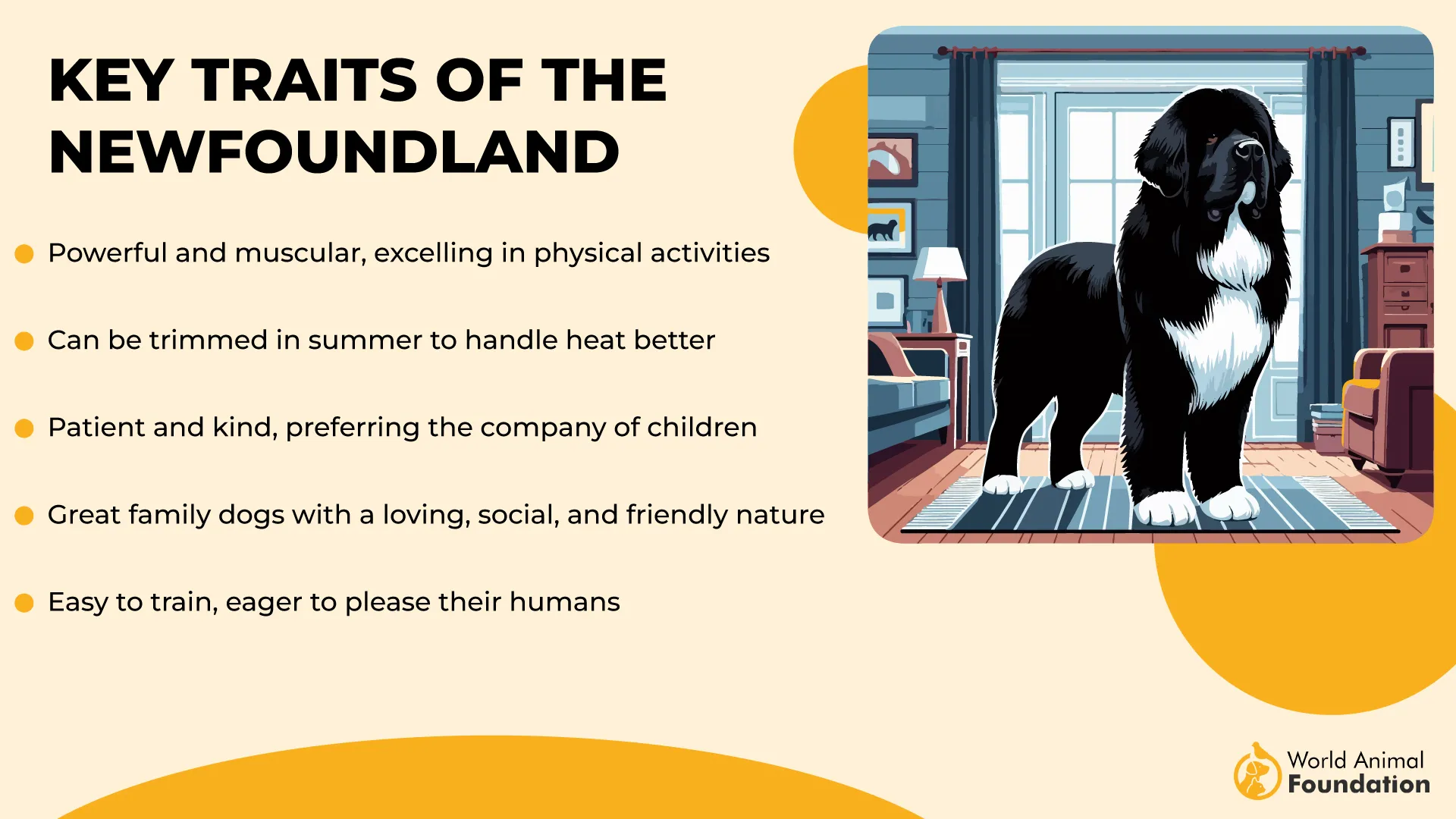
Originally bred as water retrievers to work alongside fishermen, they love their play time. Activities like swimming and long walks keep them happy and engaged.
When they are not napping, you may want to get them into canine sports like cart-pulling, herding, obedience, and agility.
6. Greyhound
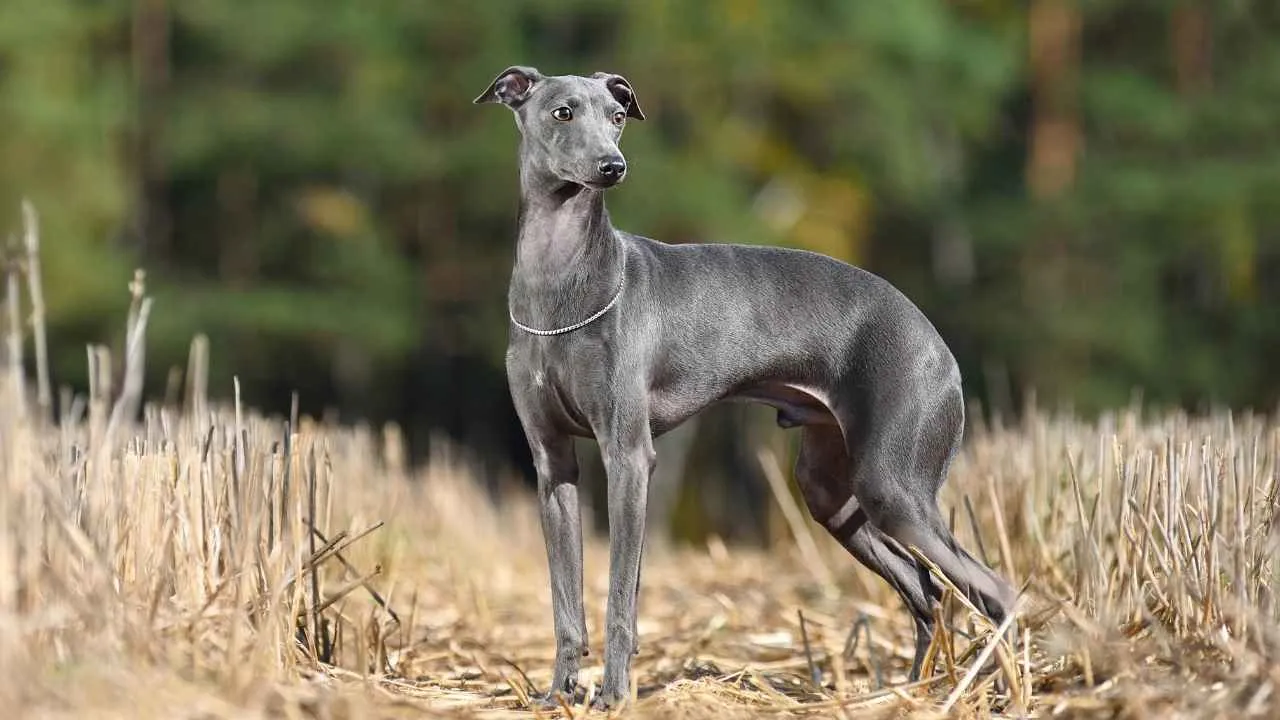
The greyhound may be known as the fastest dog breed in the world, but inside the house, it is a cuddly pup. Although they can sprint at 45 miles per hour, they are perfect companions for apartment dwellers.
Bred as sight hounds to hunt small game, they combine their sight and speed to catch prey. Beware, though, they may not be suitable for households with small pets like cats and rabbits.
As per Greyhound Equality, leaving them off-leash outdoors isn’t recommended, as they’re likely to chase after any distraction they spot. Training them requires structure and patience. Positive reinforcement works well with greyhounds.
They may love their snoozes, but engaging them in exercise and walks for at least an hour a day is essential to their well-being and yours as well. If not, get ready for your house to be turned upside down during their sprint sessions.
7. Basset hound
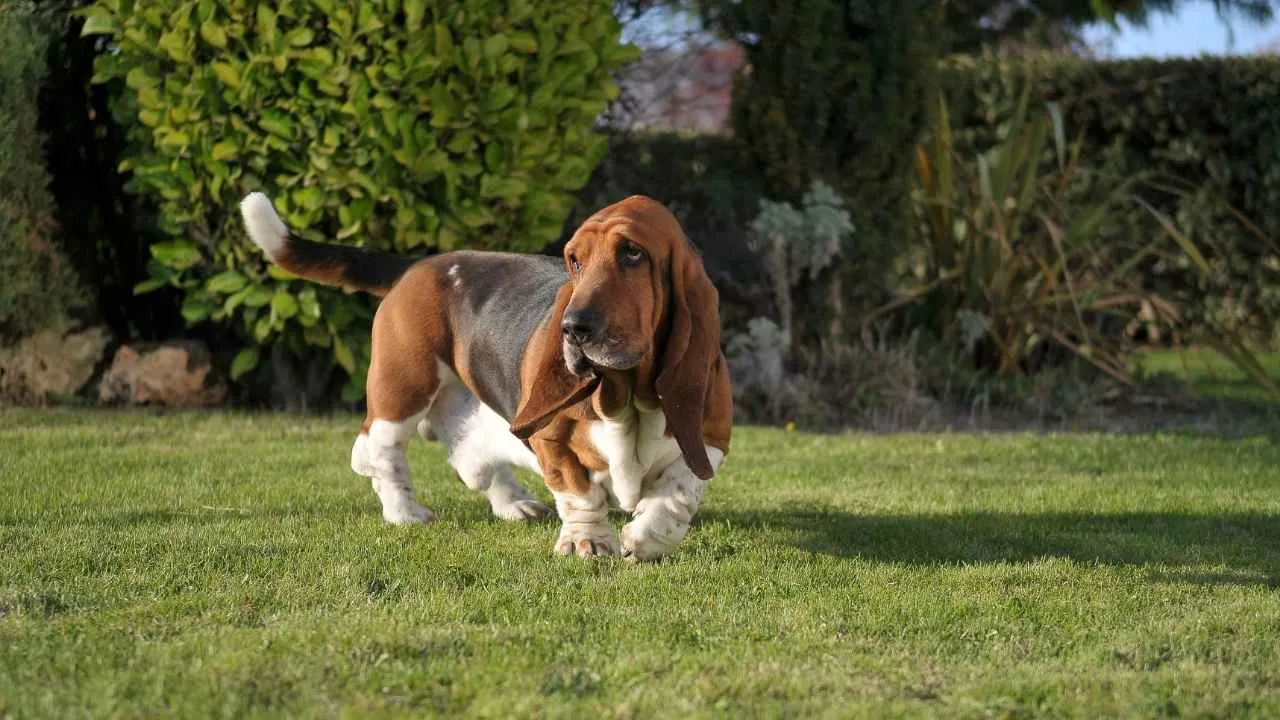
Droopy eyes, short legs, long ears, a stocky build, and an incredible sense of smell, meet the Basset hound. They are one of the most capable dog breeds when it comes to scent tracking. While their noses might perform impressively, their stamina doesn’t. They tire out easily and are true fans of their nap time.
Training them can be a challenge as they are independent thinkers. They will probably listen more to their noses than you. However, consistency, structure, and patience can prove fruitful. Positive reinforcement using treats and socialization from puppyhood is essential. Obedience training must also continue through adulthood.
Exercise, even though they might not like it, is essential for their well-being, as they can become overweight easily. This can lead to joint problems as their short legs can’t support such weight. Short, medium-paced walks are sufficient as daily exercise.
The Basset Hound may be slow to move, but with the right care and patience, they’ll reward you with endless cuddles and a loyal, laid-back companionship!
Conclusion
While some dogs are full of energy, others enjoy a more relaxed pace of life. Calm and sleepy dog breeds make wonderful companions for those who enjoy a laid-back lifestyle. We have discussed some famous breeds, but there are other calm dog breeds worth mentioning.
Ranging from gentle giants such as the Bernese Mountain Dog and Great Dane, to working dogs such as the Golden Retriever and lap dogs like the Cavalier King Charles Spaniel, all of them with their own quirks.
While individual dogs may vary in temperament, these breeds are well-suited for apartment living. Large dog breeds, puppies, and senior dogs generally require more sleeping hours than small dog breeds.
Low-energy dog breeds may be more relaxed, but they still need regular exercise and mental stimulation to stay healthy and happy. With the right care, they make excellent companions, offering both calmness and affection.


